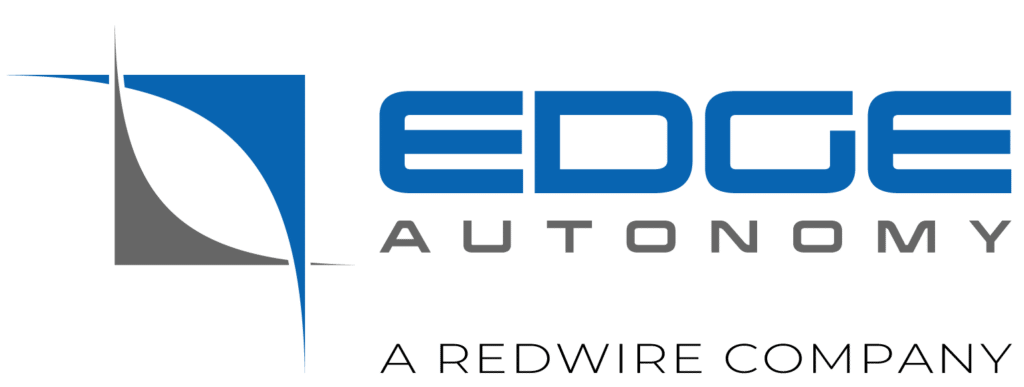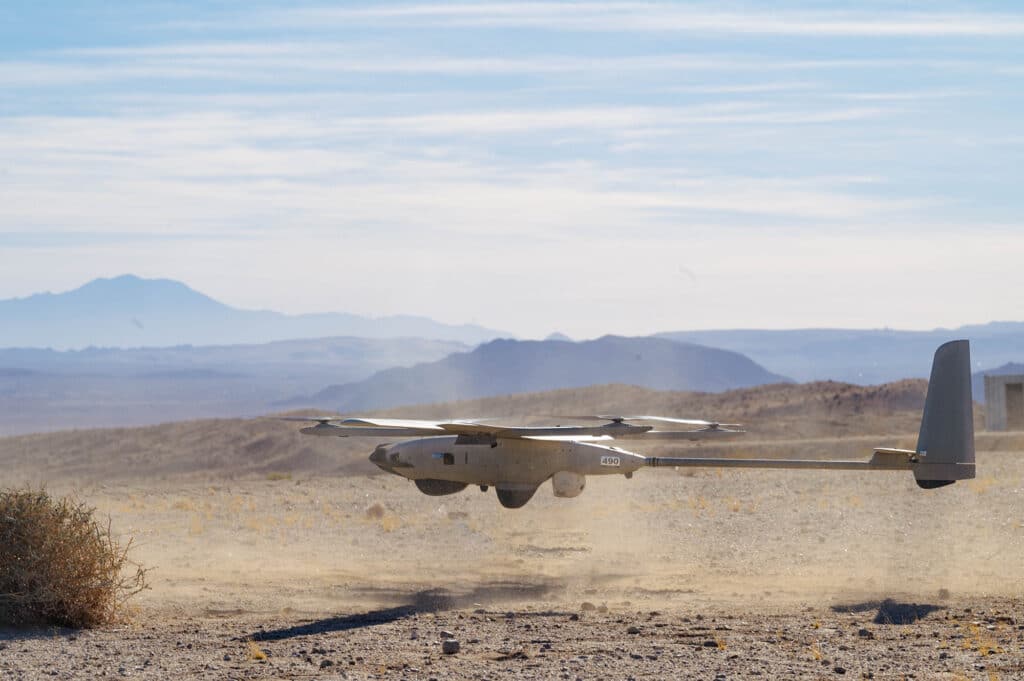San Luis Obispo, CA – January 2, 2024 – Edge Autonomy, a leading provider of autonomous uncrewed aircraft systems, advanced optics, and resilient energy solutions, announced today that it has been awarded a follow-on contract with the United States Navy Marine Corps Small Tactical Unmanned Aircraft Systems Program (PMA-263) for delivery of the VXE30 Stalker Small Uncrewed Aircraft System (sUAS) to support the Long Range/Long Endurance (LR/LE) program of record. Fulfillment of this order will bring the program’s total VXE30 Stalker fleet to over 200 aircraft, advancing the Marine Corps’ focus on future force design through high-endurance, long-range uncrewed systems with Intelligence, Surveillance, and Reconnaissance (ISR) capabilities that strengthen military operations globally.
“We are extremely proud to continue our support of the United States Marine Corps as they meet ever-evolving global challenges,” said Josh Stinson, Chief Growth Officer for Edge Autonomy. “Our customers’ missions drive our innovations, and we have developed and honed the capabilities of our VXE30 Stalker over the past 15 years to ensure the warfighter has the best technologies to fulfill their missions. This aircraft continues to prove itself in real-world combat, and expanding the USMC Stalker fleet will allow for even greater long range, long endurance capabilities needed in today’s battlefield.”
The Marine Corps announced its “Force Design 2030” initiative in 2020 with a 10-year goal of aligning naval expeditionary warfare with overall National Defense Strategy for operations inside actively contested maritime spaces in support of joint campaigns. Now known as “Force Design,” this initiative is actively equipping the Marine Corps for rapidly evolving future combat environments, including the Indo-Pacific region where peer pacing threats are on the rise.
The VXE30 Stalker is a combat-proven sUAS with over 100,000 flight hours across six continents. Through small-unit ISR tactics that extend the eyes and ears of forward Marine Corps units, PMA-263’s growing Stalker fleet provides a competitive advantage for maritime strategy and executing successful operations on land or at sea.
As the Original Equipment Manufacturer (OEM) of this aircraft, Edge Autonomy has partnered with and provided sUAS for the USMC since 2006, evolving the Stalker’s capabilities to increase mission flexibility and meet mission needs as the Marine Corps prepares for an ever-expanding range of threat systems.
“The days of needing a large Group 3 aircraft for long range or long endurance missions are quickly passing,” said Stinson. “Our VXE30 Stalker steps into this role as a light, rugged, and robust Group 2 that is easy to transport and operate within a small logistics footprint. This enables the warfighter to ‘do more with less’ heavy equipment in support of the Marine Corps’ shift toward Distributed Operations.”
The Stalker provides greater mission flexibility through multiple power sources that are fast and simple to procure and field-swap, enabling it to fly silently across a range of up to 160km. While the Stalker’s state-of-the-art battery allows for up to six hours of flight time, the aircraft’s proprietary propane fuel cell quadruples the range and endurance, giving the warfighter even greater autonomy and adaptability through a proven filtration system that turns any grade of propane into a clean, ready-to-use fuel source.
With a modular open systems approach (MOSA), the VXE30 Stalker is payload agnostic, which maximizes mission flexibility and allows for highly customizable functionality based on operational needs. This makes the aircraft highly adaptable under harsh conditions, in GPS-denied environments, and in situations with limited logistics resources.
“Edge Autonomy is honored to continue our support of LR/LE and the USMC’s Force Design plan,” said Stinson. “Our VXE30 Stalker has already been proven to be a great asset to the warfighter, and expanding these capabilities through an increased fleet will further situational awareness and operational efficiency.”
About Edge Autonomy
Edge Autonomy is a leader in providing innovative autonomous uncrewed aircraft systems, advanced optics, and resilient energy solutions to the U.S. Department of Defense, U.S. Federal Civilian Agencies, allied governments, academic institutions, and commercial entities around the world. We believe that innovation – in all forms, from all sources, and at all stages of development – creates solutions that enable mission success. Our highly engineered uncrewed technology systems are utilized in nearly 80 countries in a wide variety of military, civil, and academic applications.
With a team of more than 600 employees, Edge Autonomy draws on nearly four decades of proven aerospace engineering, manufacturing expertise, and advanced technology. With headquarters in San Luis Obispo, CA and nearly 300,000 square feet of manufacturing and production capabilities across the U.S. and in the European Union, Edge Autonomy’s experienced team delivers proven solution based on real-world mission needs.
NAVAIR Public Release SPR-2024-0912. Distribution Statement A – “Approved for public release; distribution is unlimited”
Media Contact
Susan Hoffman
Senior Director, Marketing and Communications
571-305-0442

